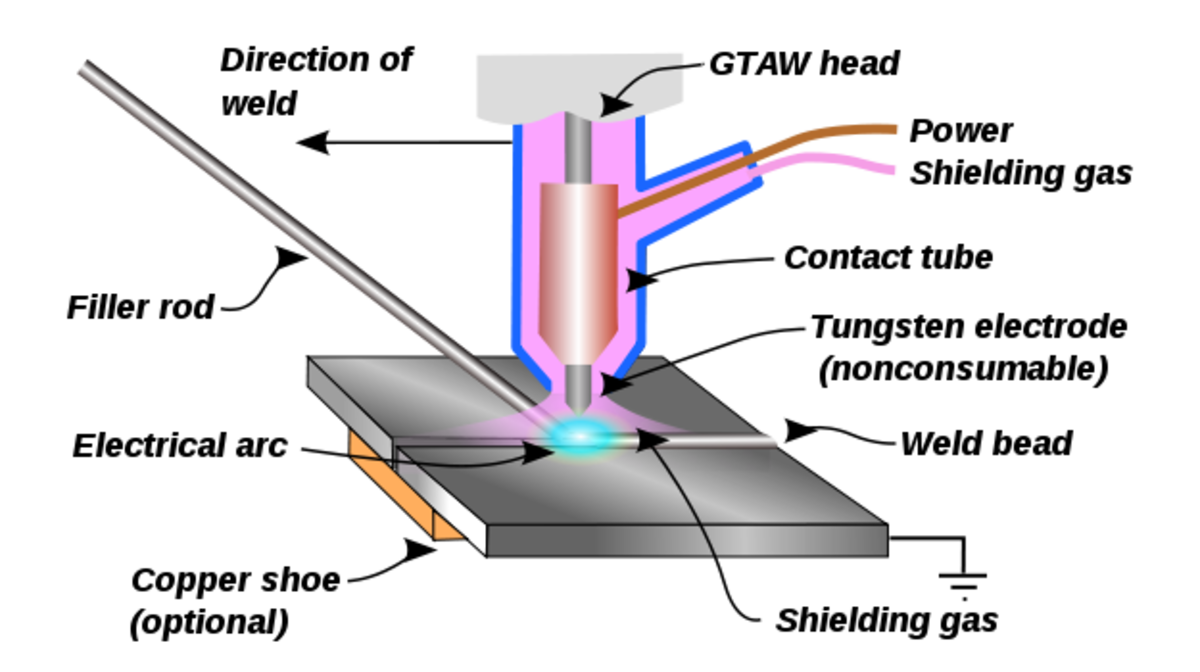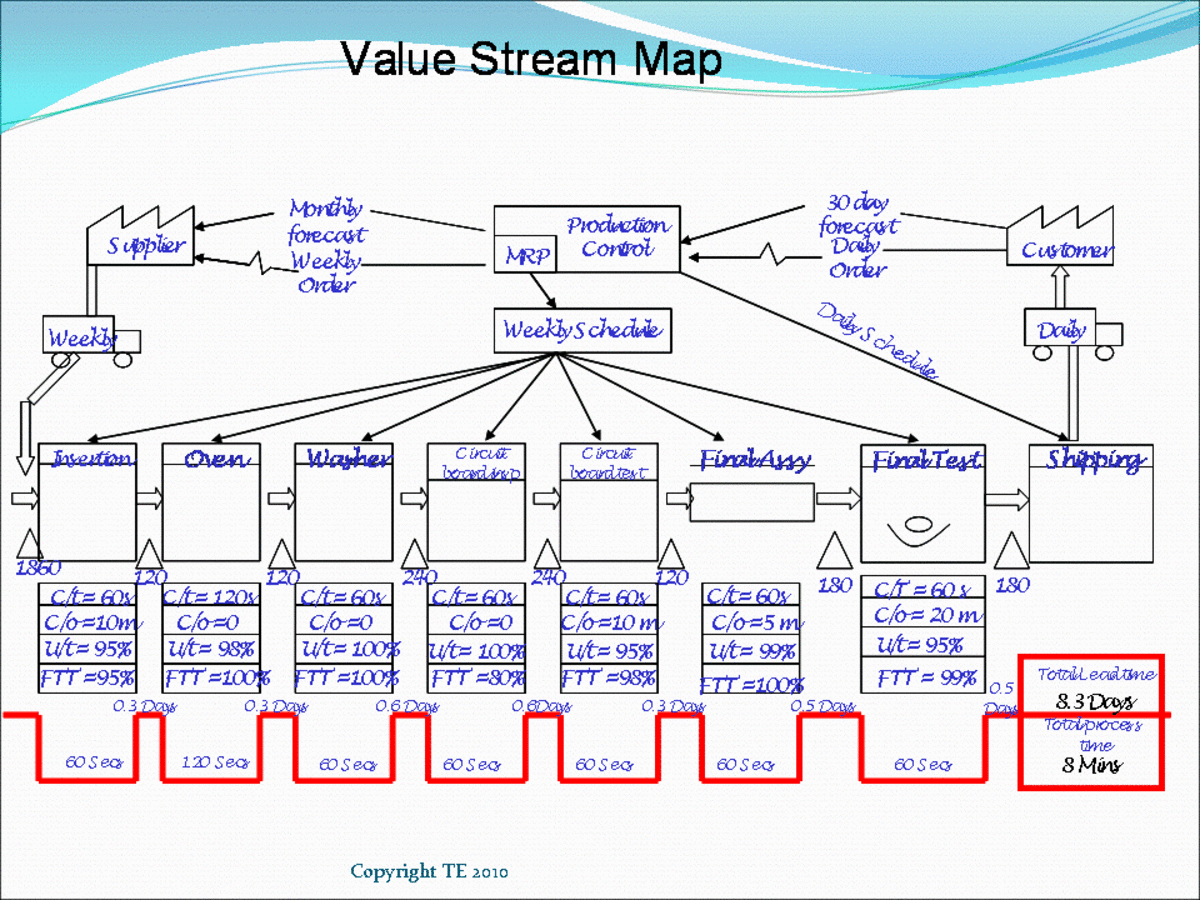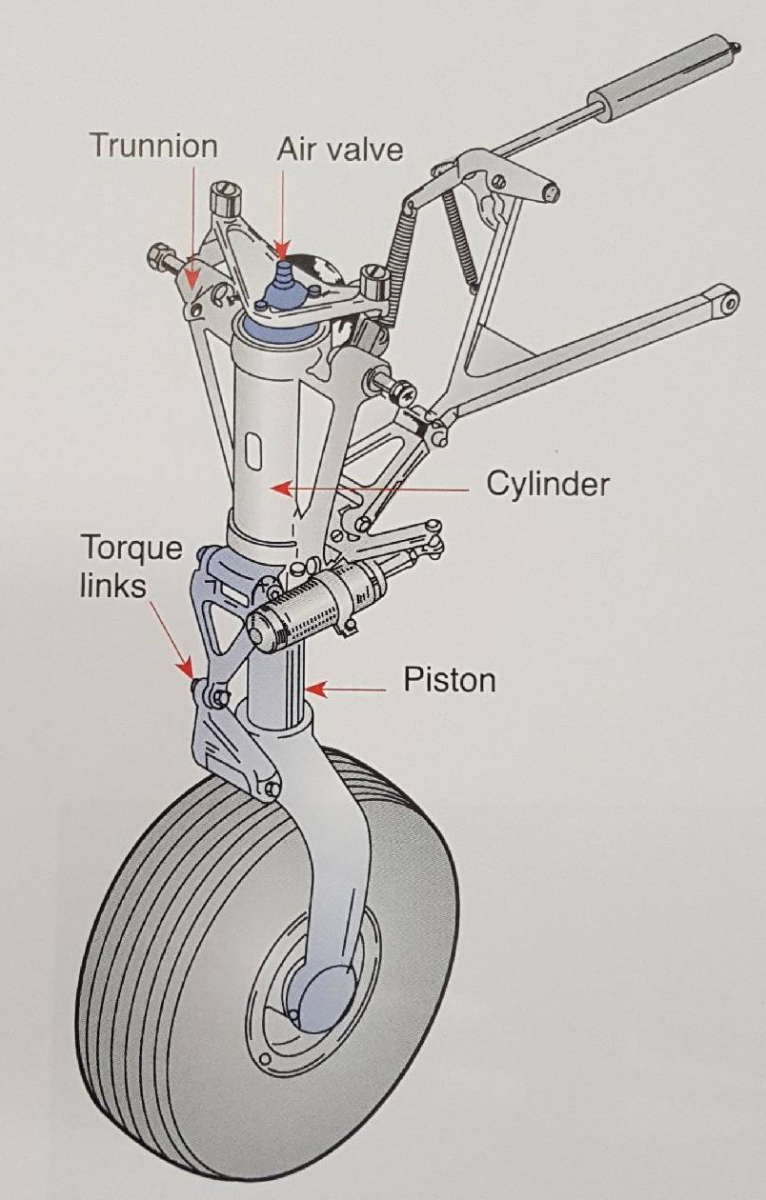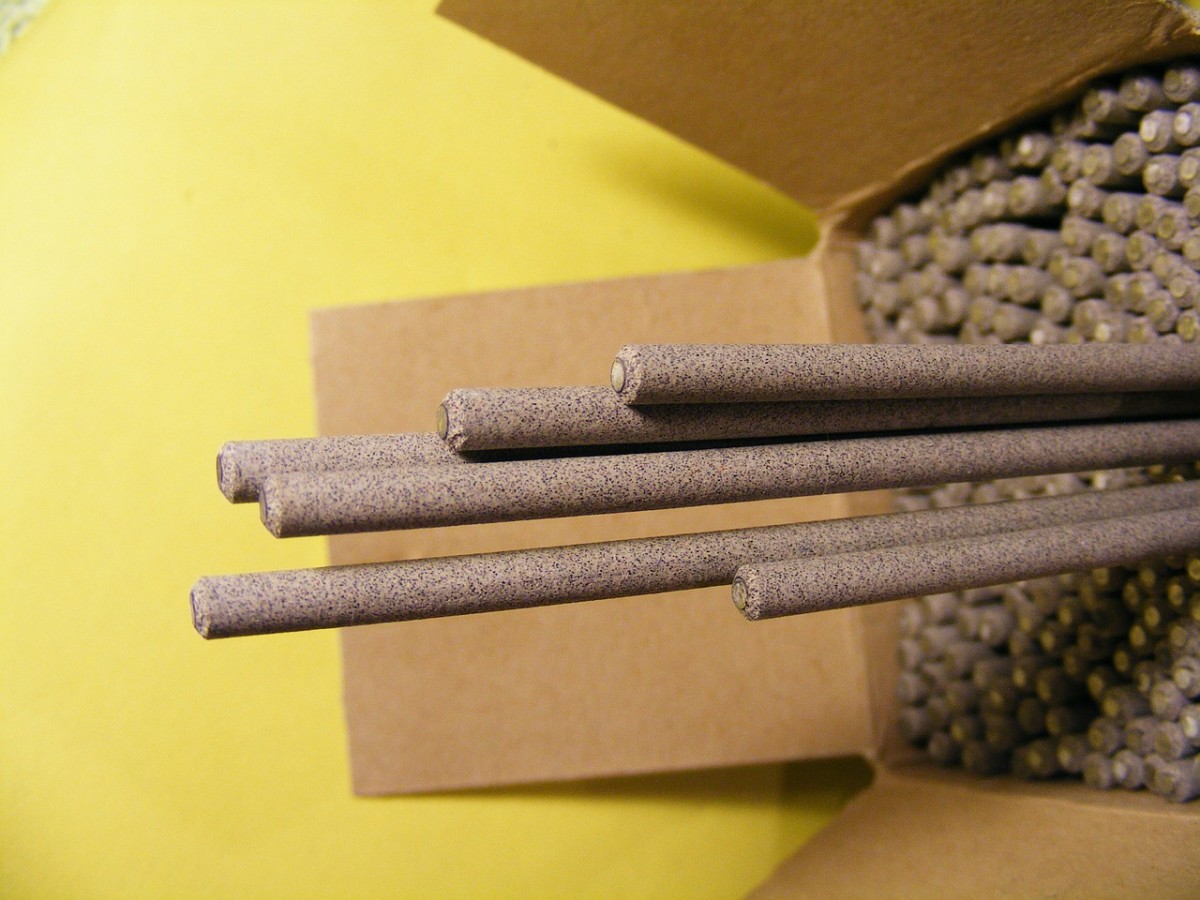Manufacturing Processes - Superplastic Forming
Superplastic Forming

Superplastic Forming Process
Superplastic forming as the name suggests falls in the manufacturing processes category of forming. The process works under closely controlled conditions of temperature and strain rates which allow certain metallic microstructures to be deformed to large strains using relatively low forces.
The process can be used to produce complex 3D shapes with constant section thickness's, no re-entrant angles and with large deformations from any metal with a stable superplastic microstructure. The most common metals utilised for this process are titanium and aluminium alloys.
The different types of superplastic forming:
- Female forming, a graphic coated blank is put into a heated hydraulic press. Air pressure is then used to force the sheet into close contact with the mould.
- Female drape forming, a graphic coated blank is clamped over a 'tray' containing a heated male mould. Air pressure forces the metal into close contact with the mould. The difference between this and the female forming process is that the mould is, as stated, male and the metal is forced over the protruding form. For the female forming the mould is female and the metal is forced into the cavity.
- Plug assisted snap back male forming, a graphic coated blank is placed into a heated press. Air pressure is used to force the metal into a bubble shape before the male mould is pushed into the underside of the bubble to make an initial impression. Air pressure is then used from the other direction to final form the metal around the male mould.
This process has long cycle times because the superplastic strain rates are low. Product also suffers from poor creep performance due to the small grain sizes and there can be cavitation porosity in some alloys. Surface texture is generally good however. With dedicated tooling, dies and machines are costly.
The main advantage of the process is that it can be used to produce large complex components in one operation. This can be useful for keeping the mass down and avoiding the need for assembly work, a particular advantage for aerospace products.
"Superplasticity is the term used to describe materials capable of being formed to high strains without the formation of unstable tensile necks. The term is normally associated with specific metal alloys, most commonly in the material groups of aluminium and titanium, but there are also glasses and a number of thermoplastics that exhibit the characteristic 'superplasticity' when a high enough temperature is achieved."
Superplastic Forming of Metals
Manufacturing Processes - Additional Resources
- Manufacturing Processes and Methods Process
The selection of a manufacturing process is done very much on the basis of a manufacturer choosing the process that best suits his needs. Consideration must be given to a number of factors before deciding on a... - Materials Selection versus Manufacturing Process
Material selections can determine what manufacturing processes are available, form can determine what materials can be used and manufacturing processes can determine what form can be created. So what you... - Manufacturing Processes - Isostatic Pressing
Isostatic pressing is a powder processing process that falls in the category of forming under the general category of manufacturing processes. There are 2 types of isostatic pressing processes: Hot... - Manufacturing Processes - Pressing and Sintering
Pressing and sintering is a powder processing process that falls in the general category of forming under the manufacturing processes umbrella.The powder is pressed in closed dies to form a green compact that... - Manufacturing Processes - Vacuum Forming
The vacuum forming process comes under the general manufacturing processes category of forming. The process involves producing components that are formed by heat softening plastic sheet and forcing it against... - Manufacturing Processes - Blow Moulding
The blow moulding process fits in the general manufacturing processes category of 'forming'. A heat softened hollow plastic blank, sometimes referred to as a 'parison' is clamped between two mould halves. Air... - Manufacturing Processes - Sheet Metal Forming
The sheet metal forming process comes under the category of forming as a manufacturing process. There are a number of sheet metal forming methods available which all consist of some form of deformation of the... - Manufacturing Processes - Forging
The metal forging process comes under the category of forming as a manufacturing process. It involves the forming or shaping of bulk metal between dies which mirror the shape of the component or section of a... - Manufacturing Processes - Extrusion Process
Extrusion fits under the general category of forming in manufacturing processes. The term applies to a variety of processes that involve confining a material in a container and applying a force to push the... - Manfacturing Processes - Rolling And Metal Forming
Metal rolling is manufacturing process that falls under the general category of forming. It facilitates the continuous forming of bulk metal between two rotating roller tools. It is a 2 dimensional process...









